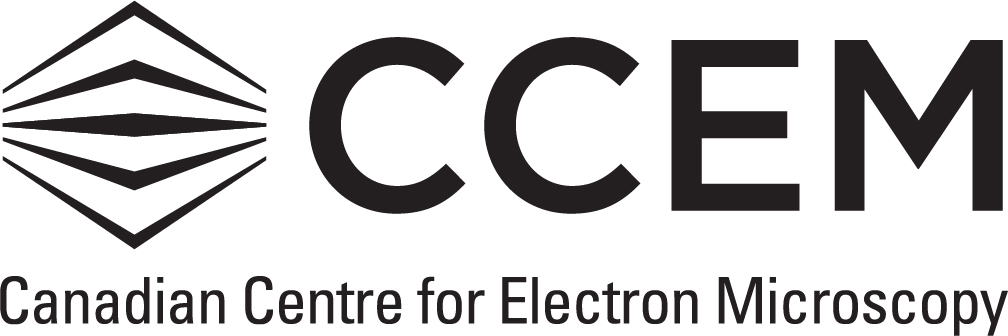Engineering Physics Seminar – Materials Characterization for Light Emitting Materials
Sep 30, 2022
11:30AM to 12:30PM
McMaster University, Hamilton, Canada
Date/Time
Date(s) - 30/09/2022
11:30 am - 12:30 pm
Location
BSB B154
Abstract
After you’ve designed an innovative material and figured out how to process it, how do you validate the structure and chemistry of your product? During my work at Sabanci University, I led a team of students and collaborators to elucidate the mechanism by which persistence is extended by synthesizing rare-earth co-doped strontium aluminates with. To achieve our goal, we applied a broad spectrum of tools and methods to determine the atomic arrangements of crystal phases—using XRD, Z-contrast STEM imaging, STEM EELS-SI—and molecular structure—using FTIR and micro-Raman spectroscopy; the electronic structure—using nanoCL and spectrofluorometry; and the microstructural evolution, using simultaneous thermal analysis. In this talk, I will focus on the application of these characterization tools to develop a model of material structure enabling persistent luminescence. I will finish with a view to the future on exciting, emerging methods based on electron microscopy, that I have discovered in my latest work as an applications scientist at Thermo Fisher Scientific.
Biography
Dr. Cleva Ow-Yang is a Staff Scientist at Thermo Fisher Scientific. She provides applications engineering support in transmission electron microscopy for materials science in the North America Nano Port, located in Hillsboro, Oregon. Previously as Professor of Materials Science and Engineering at Sabanci University, her research team developed persistent luminescent, photovoltaic, and plasmonic engineered materials, driven by understanding their microstructural evolution. To elucidate material structure, thermodynamics, and kinetics, they applied a breadth of exciting new materials characterization methods, often in collaboration with the Jozef Stefan Institute, CNRS-LPS, Gebze Technical University, Aoyama Gakuin University, McMaster University, University of Nova Gorica, EPFL, and Max-Planck-Institute for Solid State Physics, and in the framework of TÜB?TAK, FP7, COST, and ERA-MIN programs. Dr. Ow-Yang’s academic career began with a B.Sc. degree from MIT, followed by M.Sc. and Ph.D. degrees from Brown University—all in Materials Science and Engineering. She was a Chauteaubriand Postdoctoral Fellow at Thomson-CSF (now Thales) in Orsay, France and Alexander von Humboldt Fellow at the Max Planck Institute for Metals Research in Stuttgart, Germany. Prior to joining Sabanci University, she worked in the R&D department at JDS Uniphase in the Silicon Valley.

